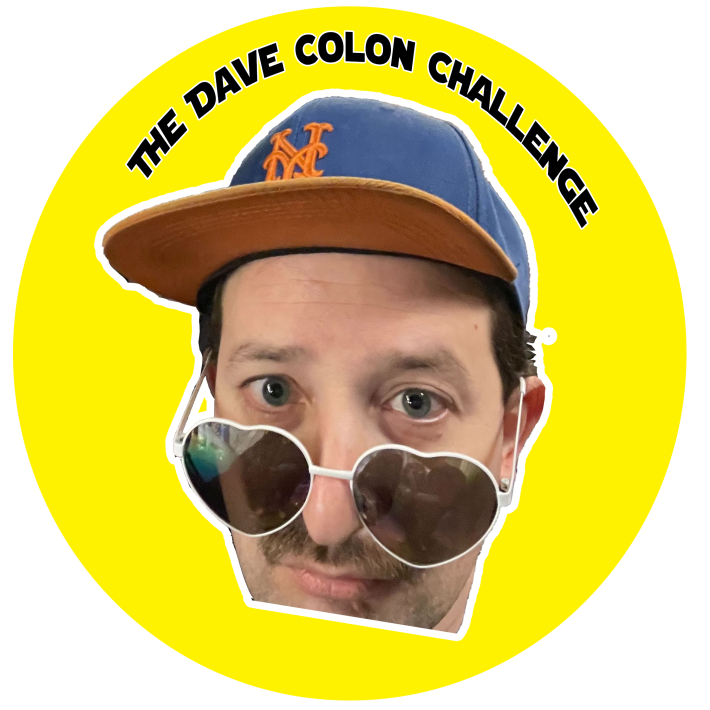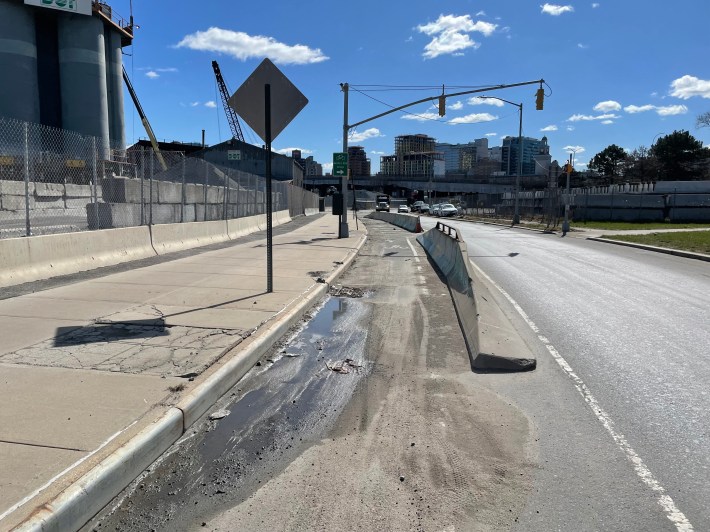In the lively urban landscape of New York City politics, the Dave Colon Challenge is carving out a unique avenue for engagement. Recently, Whitney Tilson, an investment banking veteran turned mayoral candidate, took the challenge head-on, showcasing his stance on vital issues like cycling, business development, and public safety. Let’s dive into this eye-opening ride and explore how Tilson’s vision could reshape city governance.
The Backdrop: A Ride through Challenging Terrain
As we met beneath the expansive Whitestone Expressway, Tilson sparked our conversation with a thought-provoking reference to the book Abundance. “One of the main themes is how blue cities are stifling the working class through NIMBYism and onerous regulations,” he shared. This liberal critique emphasizes the necessity of loosening bureaucratic constraints for developmental progress, particularly in housing.
Tilson’s invocation of this theme came as we discussed the Northeast Queens Greenway and the community backlash led by Republican Council Member Vickie Paladino. Positioned as a moderate candidate, Tilson promised to reinvigorate developmental momentum by tapping into the legendary Robert Moses Machine, aiming to push essential bike projects across the finish line.
The Modern Political Conundrum
Despite being a newcomer to electoral politics, Tilson’s insights appear informed and robust. “The biggest issue in the city is how a few loud voices can indefinitely block necessary infrastructure improvements,” he remarked, emphasizing the challenge ahead if he were to secure the mayor’s office.
From Theory to Practice
To illustrate the pressing need for a greenway, I guided Tilson through some of the city’s most hostile biking environments. Transitioning from the serene Flushing Bay Promenade to the industrial chaos of Flushing, we faced the stark reality of cycling in the city, highlighting the necessity for safer routes.

Remarkably adept, Tilson mastered the art of cycling with no hands while articulating his vision, showcasing not only his biking prowess but also his commitment to quality urban living. “Cycling is the most efficient way to navigate the city and avoid being late,” he shared.
Navigating the Urban Landscape
What sets Tilson apart from his competitors is his willingness to discuss quality of life comprehensively, embracing cycling infrastructure as a crucial facet. Unlike many candidates focusing solely on critique, he proposes hiring more police to ensure a safer, more bike-friendly New York. “Creating a city that accommodates cyclists and pedestrians enhances overall quality of life, which is vital for New Yorkers feeling uncertain about public safety,” he argues.

Personal Experience: A Catalyst for Change
A seasoned cyclist, Tilson has encountered numerous close calls, including a near-miss with an SUV driver who almost crashed into him. His personal anecdotes serve as poignant reminders of the urgency for improved cycling safety. “I’ve biked extensively in Europe, where infrastructure and cultural awareness prioritize cyclist safety,” he lamented, calling for a similar commitment in New York.
The Path Forward: Policy and Vision
Tilson’s approach proposes using the mayoral bully pulpit to foster an environment where motorists and cyclists share the road safely. This includes leveraging technology like street and speed cameras while emphasizing police enforcement. “While they focus on serious crimes, enforcement of traffic violators remains crucial,” he notes, acknowledging the challenges of police resource allocation.

Furthermore, he distinguishes between cyclists and the reckless behavior of some e-bike riders. “Introducing regulations for e-bikes without penalizing everyday cyclists is essential,” Tilson stated emphatically. His commitment to safety doesn’t just stem from personal experience; it also reflects the broader community’s needs, as evidenced by his family’s encounters with cycling-related injuries.
Planning for the Future
Tilson’s unique proposition includes preserving on-street parking in low-density neighborhoods while evolving the city’s infrastructure. Advocating for targeted interventions like the greenway plan, he seeks solutions that enhance livability without sacrificing necessary parking.
A Candidate with a Dual Focus
In this complex political landscape, Whitney Tilson embodies a blend of pro-business, pro-police, and pro-cycling philosophies. “Policies like congestion pricing and bike lanes are integral to creating a vibrant, attractive city,” he asserted, envisioning a New York City that draws residents and investors alike.
In conclusion, as we pedal through this intricate intersection of urban planning, public safety, and business acumen, it’s evident that Whitney Tilson brings a fresh perspective that seeks to reconcile the needs of cyclists, commuters, and the community at large. His commitment to a safer, more accessible New York demonstrates that innovation can thrive even within the confines of established governance.






